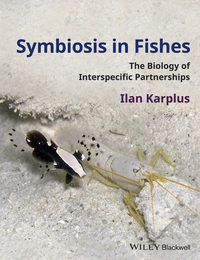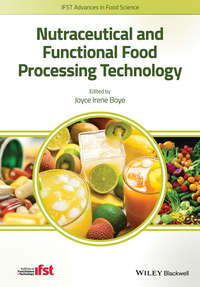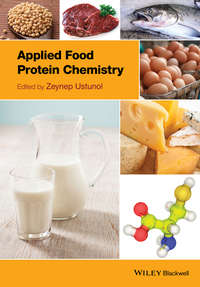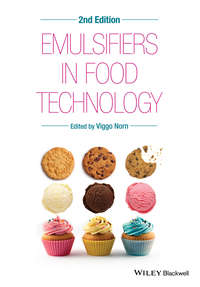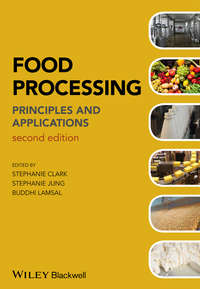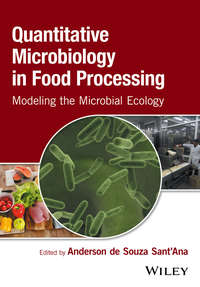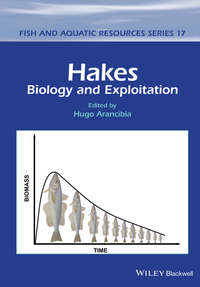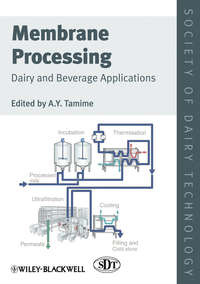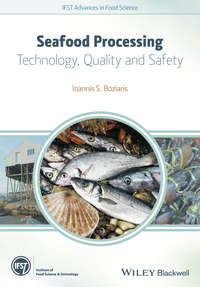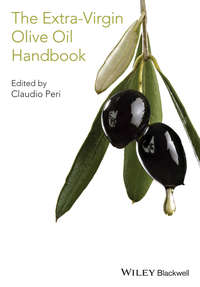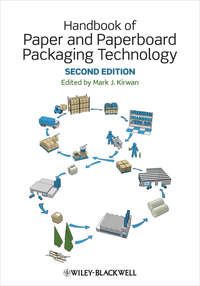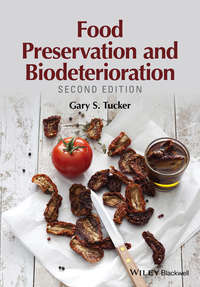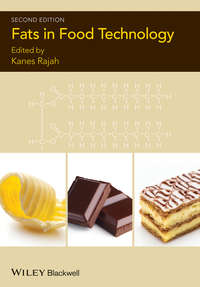Книги жанра мукомольное производство
Symbiosis in Fishes provides comprehensive coverage of the biology of partnerships between fishes and invertebrates, ascending the phylogenetic scale, from luminescent bacteria, sponges and coelenterates to molluscs, crustaceans and echinoderms. Both facultative and obligatory partnerships are reviewed with emphasis on the behavioral, ecological and evolutionary aspects of fish symbiosis. Each of …
For several years, the food industry has been interested in identifying components in foods which have health benefits to be used in the development of functional food and nutraceutical products. Examples of these ingredients include fibre, phytosterols, peptides, proteins, isoflavones, saponins, phytic acid, probiotics, prebiotics and functional enzymes. Although much progress has been made in th…
Food proteins are of great interest, not only because of their nutritional importance and their functionality in foods, but also for their detrimental effects. Although proteins from milk, meats (including fish and poultry), eggs, cereals, legumes, and oilseeds have been the traditional sources of protein in the human diet, potentially any proteins from a biological source could serve as a food pr…
Emulsifiers are essential components of many industrial food recipes. They have the ability to act at the interface between two phases, and so can stabilise the desired mix of oil and water in a mayonnaise, ice cream or salad dressing. They can also stabilise gas/liquid mixtures in foams. More than that, they are increasingly employed in textural and organoleptic modification, in shelf life enhanc…
Pheromones are chemical cues that pass between members of the same species that convey specific, adaptive information. These cues, and related chemicals whose function are less well defined, are especially important to fishes because of their aquatic environments and complex behaviors. Pheromones are also of increasing interest in both basic and applied aspects of fish biology because they can be …
Food Processing: Principles and Applications second edition is the fully revised new edition of this best-selling food technology title.Advances in food processing continue to take place as food scientists and food engineers adapt to the challenges imposed by emerging pathogens, environmental concerns, shelf life, quality and safety, as well as the dietary needs and demands of humans. In addition …
Microorganisms are essential for the production of many foods, including cheese, yoghurt, and bread, but they can also cause spoilage and diseases. Quantitative Microbiology of Food Processing: Modeling the Microbial Ecology explores the effects of food processing techniques on these microorganisms, the microbial ecology of food, and the surrounding issues concerning contemporary food safety and s…
The species of hake, making up the genus Merluccius, are commercially important and currently largely over exploited, with many stocks badly depleted and showing only limited signs of recovery. From the end of the 1990s, concepts such as sustainability, ecosystem-based approaches to fisheries management, a code for the responsible conduct for fisheries, governance and others have emerged or have b…
In the last two decades, there have been significant developments in membrane filtration processes for the dairy and beverage industries. The filtration systems can be classified into four main groups: reverse osmosis, nanofiltration, ultrafiltration and microfiltration. The primary objective of this book is to assess critically the pool of scientific knowledge available to the dairy and beverages…
Part of the new IFST Advances in Food Science Series, Seafood Processing: Technology, Quality and Safety covers the whole range of current processes which are applied to seafood, as well as quality and safety aspects. The first part of the book (‘Processing Technologies’) covers primary processing, heating, chilling, freezing, irradiation, traditional preservation methods (salting, drying, smoking…
According to European legislation, extra virgin is the top grade of olive oils. It has a superior level of health properties and flavour compared to virgin and refined olive oils. Mediterranean countries still produce more than 85% of olive oil globally, but the constant increase of demand for extra virgin olive oil has led to new cultivation and production in other areas of the world, including C…
The definitive industry reference on the paper and paperboard packaging sector. Now in a fully revised and updated second edition, this book discusses all the main types of packaging based on paper and paperboard. It considers the raw materials, the manufacture of paper and paperboard, and the basic properties and features on which packaging made from these materials depends for its appearance and…
The continuing global decline of the health of the sea, and the increasing depletion of marine resources and biodiversity, caused by human activity and climate change, have led to ever-increasing international concern. These changes in the marine environment highlight the importance of effective monitoring of the ecology of the benthos which has been shown to be a sensitive index of such alteratio…
Biodeterioration is the breakdown of food by agents of microbiological origin, either directly or indirectly from products of their metabolism. Preservation on the other hand is the process by which food materials are maintained in their original condition or as close to this as possible. This second edition of Food Preservation and Biodeterioration is fully updated and reorganised throughout. It …
Fats are present in some form in the vast majority of processed foods we consume, as well as in many ‘natural’ products. Changes in consumer behaviour, centered around an increased emphasis on healthy food consumption, mean that it is more important than ever for food scientists to understand the properties, roles and behaviours that fats play in food and in diets. Fats in Food Technology, Second …
